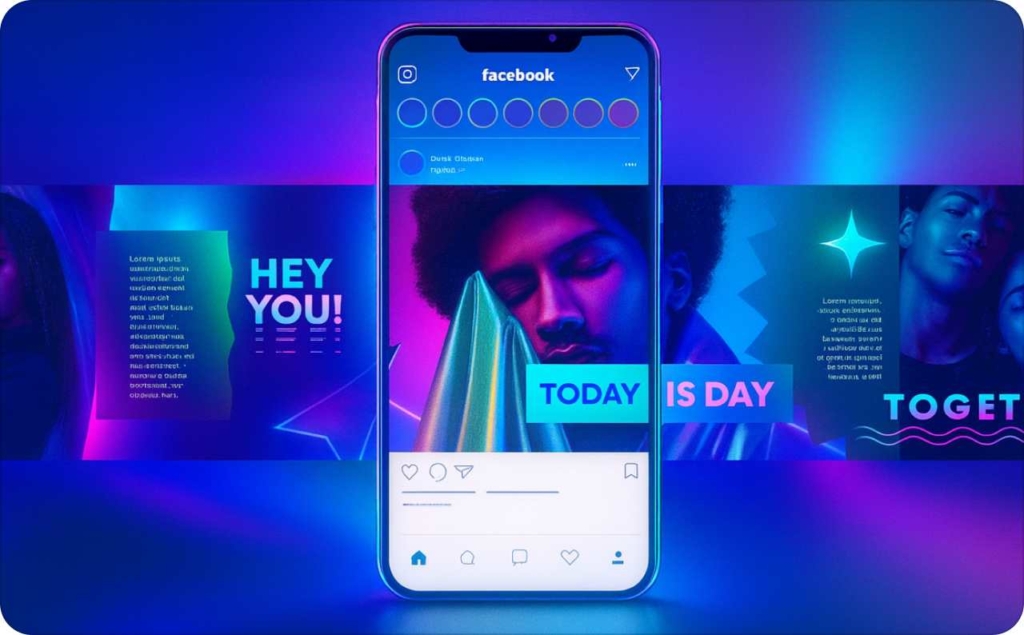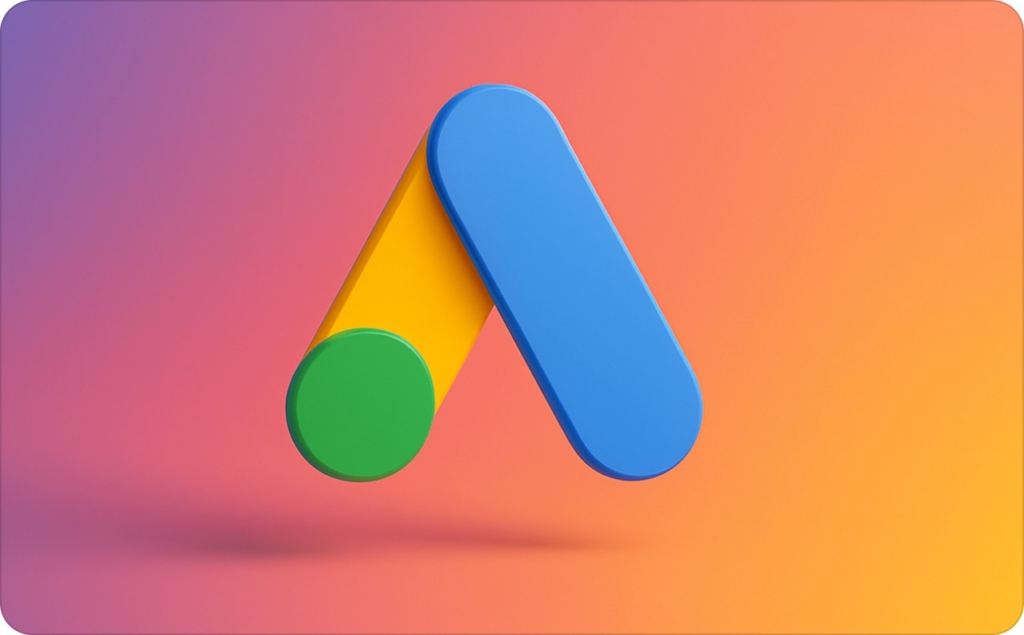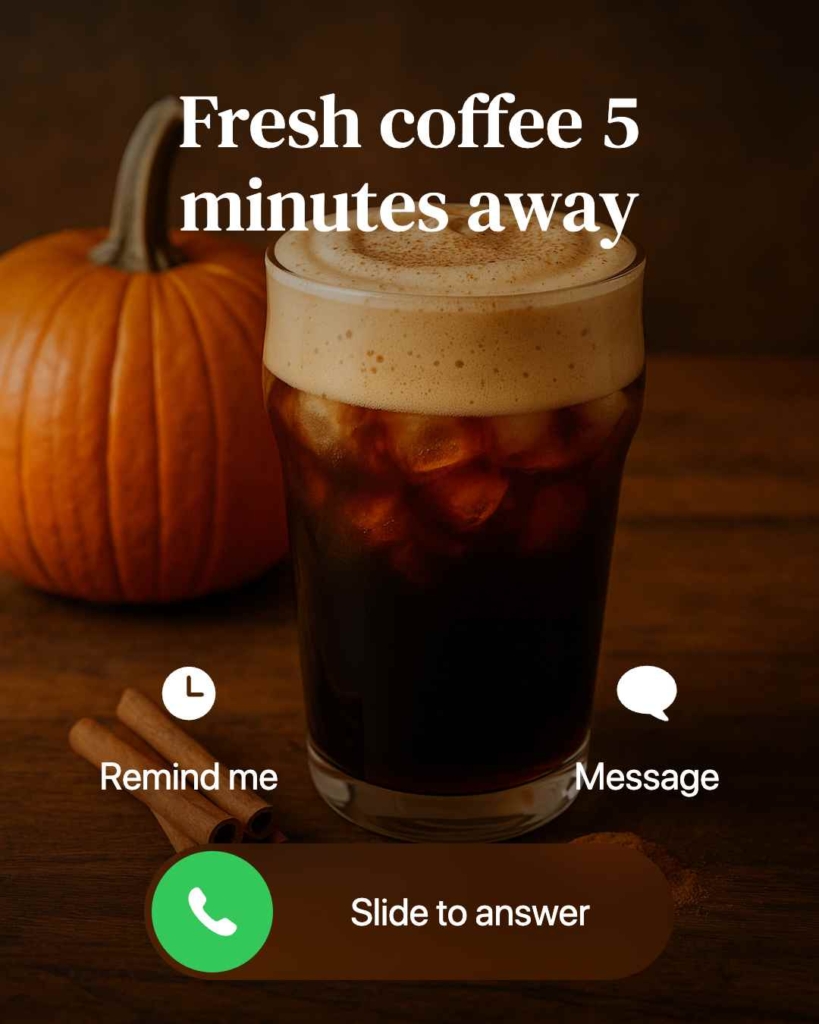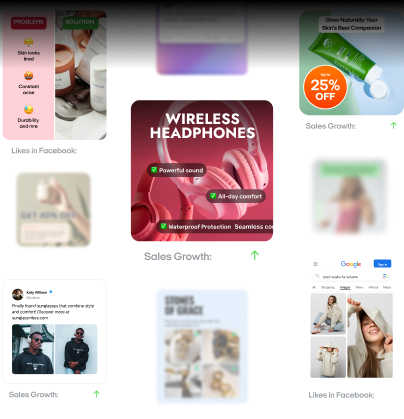Static VS dynamic ads: 6 examples and fast explanation for every channel
Still unsure when to use static or dynamic ads? Zeely AI breaks it down with six clear examples and quick insights for every ad channel.
Here’s the fast way to pick and ship better ads without guesswork or fluff. If you’ve ever asked “static vs dynamic ads,” this guide gives you a clear, working answer. You’ll get plain-English definitions, examples you can steal, pros and trade-offs, a decision matrix, and a step-by-step build with an AI ad generator.
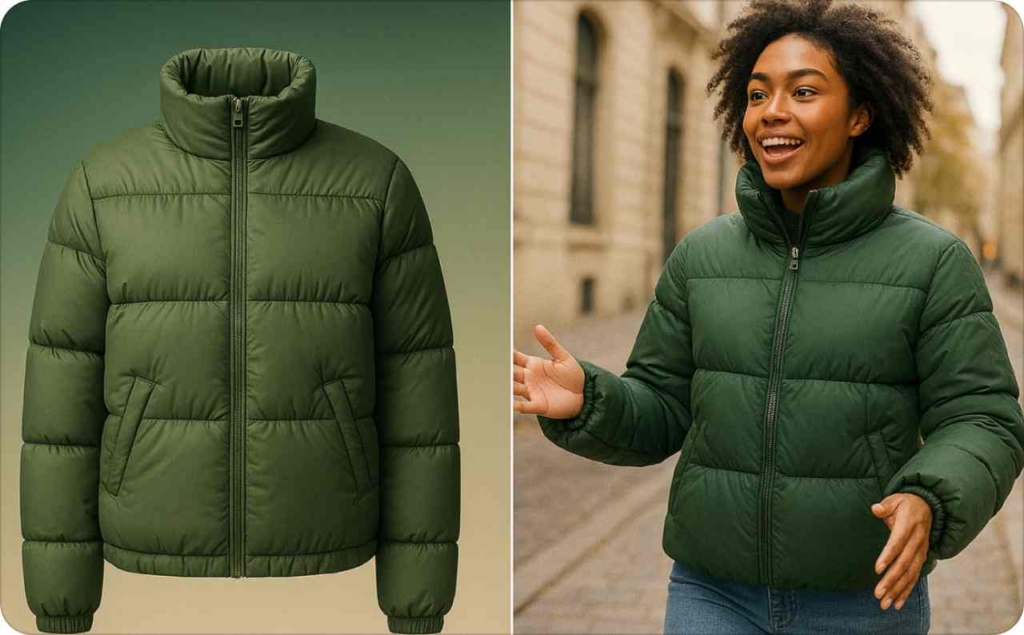
What are static and dynamic ads?
This guide compares static vs dynamic ads so you can pick the right approach for your campaign. Static ads use one fixed creative. They’re fast to produce, simple to approve, and great for consistent branding. Dynamic ads assemble creatives from a feed or rules, tailoring products, prices, and messages per person, placement, or context.
Why this matters now: social commerce is forecast to surpass $1T by 2028, and 62% of U.K. viewers say YouTube helps them decide what to buy, so shoppable, feed-driven formats can move people from viewing to purchasing.
What is a static ad?
A static ad is a single, unchanging creative asset, answering the common “what is a static ad” query. Every viewer sees the same image, headline, and CTA. The static ad meaning is consistency: fast launches, clear brand cues, and easy A/B tests without managing data feeds or templates. Use static when you need tight visual control, legal simplicity, or a single hero message.
What are dynamic ads?
Dynamic ads are creatives that auto-assemble from a product or content feed — the straightforward answer to “what are dynamic ads.” They power dynamic creative and catalog ads, swapping images, prices, and copy based on audience and intent. Expect higher relevance at scale, with clean feeds, template QA, and brand guardrails. Use dynamic when your catalog is large, prices change often, or personalization can lift relevance.
Where each shines
In dynamic ads vs static matchups, dynamic wins when inventory shifts, prices move, or intent data is strong. Static wins when you need instant clarity, strict visuals, or fast approvals. Pair them: static sets the promise; dynamic pulls to the exact product.
6 examples you can steal
Below are static ads examples and dynamic ads examples you can adapt.
Static 1: Product hero
“See the difference in one glance.” Keep one focal product, a clean backdrop, and a benefit-led headline that lands fast.
- Format/Size/Channel: 1080×1350 image, Instagram Feed
- Offer/CTA: Try the Pro kit — Free 7-day trial
- Metric to watch: CTR, aided recall
Finish with a crisp end-frame logo and URL so the message sticks after the scroll.
Static 2: Seasonal promo
“Back-to-school bundle ends Sunday.” Time-bound copy plus a bold deadline bar makes the action clear.
- Format/Size/Channel: 1200×628 image, Facebook Link Ad
- Offer/CTA: Save 25% today — Shop bundle
- Metric to watch: Click-through rate during the promo window
Lock dates in the creative and in the ad set so spend peaks before the cutoff.
Static 3: Brand visual
“Create polished ads without a designer.” Lead with brand color, a device mock, and a plain-English payoff.
- Format/Size/Channel: 300×600 display, Google Display Network
- Offer/CTA: Build in minutes
- Metric to watch: Viewable CTR
Aim for a two-second read: logo, benefit, button. Nothing extra.
Dynamic 1: Catalog retargeting
“Still looking? Your picks are waiting.” Pull items from browse or cart history so each card feels personal.
- Format/Size/Channel: Carousel 1:1, Meta Advantage+ Catalog
- Offer/CTA: Resume where you left off
- Metric to watch: Add-to-cart rate, ROAS
Pin the first tile as a value cue to frame the grid.
Dynamic 2: Price-drop feed
“Price just dropped on your favorites.” Use an automated badge with current price and compare-at.
- Format/Size/Channel: 1080×1080 single, Meta / Google PMAX feed
- Offer/CTA: Grab the deal before it’s gone
- Metric to watch: Conversion uplift vs non-price-drop set
Set a minimum discount threshold so the badge only appears when it truly moves action.
Dynamic 3: Nearest-store / time-of-day
“Fresh coffee 5 minutes away.” Geotarget the closest location and swap morning-only creative.
- Format/Size/Channel: 9:16 story/reel, location + daypart rules
- Offer/CTA: Open map — Order pickup
- Metric to watch: Map opens, store-locator taps
Include distance and today’s hours on screen to remove planning friction.
Pros & trade-Offs
What to do with that? Now turn pros into picks. If control is the priority, lean static; if scale and relevance matter most, lean dynamic; when you want both, go hybrid. Next up: a quick, by-goal guide so you can choose and ship with confidence.
Static: Pros & trade-offs
If you’re weighing the pros and cons of static ads, think consistent delivery first. Static makes it easy to match what people expect across channels — relevant when 78% of consumers want experiences to feel consistent wherever they interact.
- Rapid setup: One file, one message. Easy to brief, build, approve, and traffic
- Cost predictability: Fixed creative production and stable CPMs help you plan spend cleanly
- Brand control vs fatigue: Total visual control protects the brand; repeating the same frame can dull response over time
- Manual refresh: Performance depends on scheduled swaps; without new variants, frequency builds and CTR slides
Use static to plant the flag: a clear promise, a strong visual, and a CTA that doesn’t wander. Then rotate thoughtfully, like new headline, fresh crop, alternate background, to keep recall high without rewriting the playbook.
Dynamic: Pros & trade-offs
When you assess the pros and cons of dynamic ads, think relevance at scale. Dynamic builds each impression from your feed or rules, so offers stay current and closer to intent. But great inputs matter: messy data or rushed templates can leak quality.
- Relevance/personalization: Pulls items people viewed or nearly bought; copy and imagery adapt to audience and context
- Freshness: Prices, availability, and creative variants update automatically, reducing fatigue without manual swaps
- Feed/QA complexity: Clean data, image crops, price formats, and template guardrails need ongoing QA to protect brand and performance
Use dynamic to do the heavy lifting, matching, updating, and retargeting, while keeping guardrails tight: safe zones, readable overlays, and rules for when to hide low-quality images. Pair with a static hero to frame the story, then let dynamic close the distance to the exact product.
When to use which
If you’re asking which is better: static or dynamic ads, here’s the short answer by funnel and channel.
For funnel fit, think sequencing. In Awareness, static leads because it sets a clean story fast — one promise, one look, immediate recognition. In Consideration, a hybrid approach works best: static frames the value while dynamic tailors items and use cases to the viewer. In Conversion, dynamic takes over; feed-driven relevance, live price cues, and retargeting close the gap without adding creative overhead.
Channel fit follows the same logic. On Display, static excels when brand control matters most, while hybrid keeps product callouts fresh on high-reach buys. On Social, start hybrid by default: static delivers thumb-stop clarity; dynamic brings catalog depth and recency. In Retail Media, dynamic is the first choice — accurate feeds, availability, and promos move baskets. For DOOH, favor static or lightweight rules to keep messages bold and legible.
Goal × Channel × Recommended approach
| Goal \ Channel | Display | Social | Retail Media | DOOH |
| Awareness | Static | Hybrid | Static | Static |
| Consideration | Hybrid | Hybrid | Dynamic | Static |
| Conversion | Dynamic | Dynamic | Dynamic | Static |
Use static to frame the promise people should remember; use dynamic to match intent, inventory, and timing. When budgets are tight, anchor the look with one static hero and let dynamic variants serve the right product and price. For comparisons of static ads vs dynamic, the real answer is sequencing the two so clarity opens the door and relevance carries people through.
How to implement with AI ad generator
What this section gives you: a practical, no-fluff path to ship ads with AI. You’ll see the essentials for static and dynamic setups, then a five-step Zeely workflow for AI ad maker using our fast ad generator and AI script tool — built for speed, control, and conversions.
Static: Setup checklist
If you’re wondering how to create static ads, keep them simple and consistent. Decide the one message, pick a single focal image, and make the copy readable at a glance. In Zeely’s AI ad creation flow, you generate clean visuals and on-brand lines fast, then export sizes for every placement.
- Clear single benefit in the headline
- One product or scene with a high-contrast crop
- Safe text size for small screens
- Two to three quick variants
Dynamic: Setup checklist
Here’s how to set up dynamic ads without chaos. Start with a clean product feed. Fire key events. Build templates with safe zones and auto-overlays for price and badges. Add fallback rules for missing images or out-of-stock items. QA on a sandbox audience. Launch and monitor feed freshness, template errors, and performance deltas.
- Feed hygiene: titles, availability, GTIN/SKU, canonical links
- Events mapped and verified
- Template guardrails: safe zones, readable overlays
- Fallbacks for broken images / OOO items
- Monitoring: feed freshness, error logs, slippage alerts
Zeely = your fast ad generator. Zeely is an AI ad generator that creates ads faster, easier, and more conversion-focused. It combines an AI script tool for copy, automated visuals, and one-click exports to Meta, so you spend less time producing and more time scaling.
- On-brand copy in seconds
- Auto-sized assets for feed, story, and display
- Direct Meta launch with clean UTM tracking
Process:
- Add a product URL or connect Shopify — automatic data import cuts setup to minutes
- Choose a format — pre-sized for each channel to avoid manual resizing
- Let AI generate ad copy + visuals — brand-aligned headlines and graphics appear instantly
- Make quick edits — refine in seconds; keep consistency while tailoring messages
- Launch via Meta integration — publish directly, map events, and track with UTMs for clean reports
AI automation saves time, lifts CTR, and improves ROI. With Zeely as your universal growth tool and the go-to for AI ad creation you get a fast ad generator, an AI script tool, and a production-ready workflow in one place.
Decision matrix
Use this quick matrix to choose confidently. Scan the row that matches your situation — objective, catalog size, data readiness, team bandwidth, and compliance needs, then follow the recommendation. It’s built for speed: a 10-second read before you brief the work.
| Objective | Inventory size | Data maturity | Creative capacity | Regulatory | Recommendation |
| Brand launch / awareness | Small | Low | Limited | Strict | Static |
| Always-on catalog growth | Large | High | Limited | Standard | Dynamic |
| Promo / seasonal push | Medium | Medium | Moderate | Standard | Hybrid |
| Retargeting to recover carts | Large | High | Limited | Standard | Dynamic |
| B2B or legal-heavy messaging | Small | Low–Medium | Moderate | Strict | Static |
| Local, multi-location offers | Medium | Medium | Limited | Standard | Hybrid |
Read it this way: if your catalog is big and your data is clean, dynamic carries more weight; if approvals are tight and the story must stay uniform, static leads; when you want clarity and relevance, go hybrid — static frames the promise, dynamic delivers the exact item or offer.
For anyone still searching “static vs dynamic ads,” the answer is fit. Match the recommendation to your objective and constraints, then scale the winning pattern.
Conclusion & next steps
Static vs dynamic ads summary: choose static for speed and visual control, dynamic for scale and personalization, and hybrid to cover the full funnel. Static plants a clear promise fast. Dynamic matches intent, inventory, and timing. Hybrid lets you hold the look while the feed does the heavy lifting.
Now act. Pick one row from the Decision Matrix and run a focused two-week test. Use the setup checklists, set a simple goal and keep guardrails tight. Refresh static variants mid-test, monitor feed freshness daily, and ship the winner across your primary channels.
Also recommended
